11 Greatest Pranks of All Time That Fooled Many People
Categories: History | Positive
By Pictolic https://pictolic.com/article/11-greatest-pranks-of-all-time-that-fooled-many-people.htmlThose who think that pranking a friend in the dorm on April 1st is something impressive clearly have something to strive for. There have been truly grand pranks in history, the organizers of which managed to deceive the entire world.
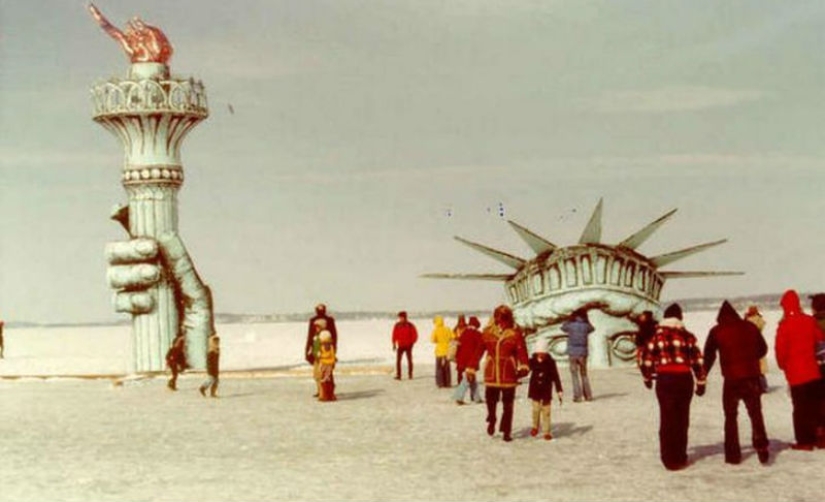

In 1980, the BBC World Service announced that London's famous Big Ben would be given a digital display, with the hands of its old clock given to the first four people who called the studio. Most listeners called in angry protests at the change, and one Japanese sailor called the studio from his ship in the middle of the ocean to get the hands.

On April 1, 1978, residents of Sydney, Australia were surprised to find a giant iceberg floating right in the city harbor. A few days before the prank, local businessman Dick Smith announced that the iceberg had been brought straight from Antarctica. The public was excited, and representatives of the Australian Navy even offered to help Smith moor it. The hype continued until it rained and washed the firefighting foam off the white plastic sheets that the “iceberg” was actually made of.
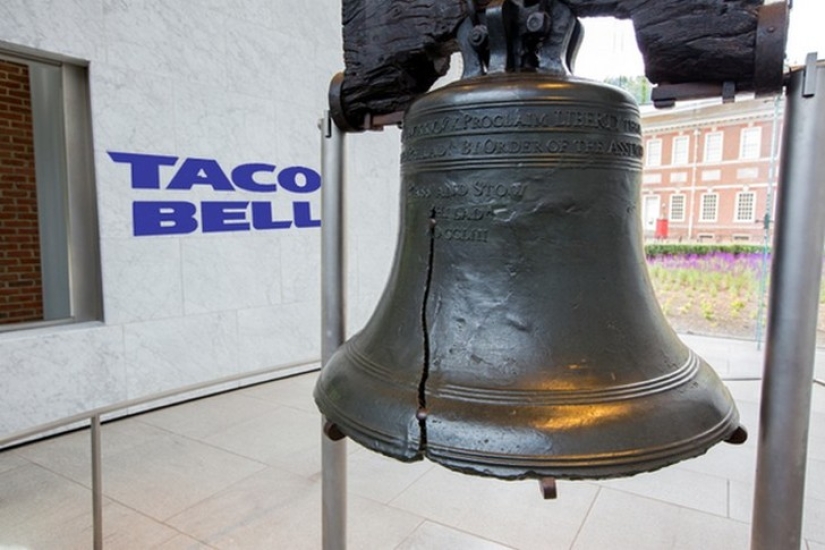
On April 1, 1996, the American fast food company Taco Bell stunned Americans with an unusual advertisement. The country's largest news outlets reported that the company had purchased one of the symbols of American independence, the Liberty Bell, which would be displayed at Taco Bell's headquarters in Irvine, California.
Despite a flurry of angry calls (including from aides to two US senators), the company achieved its goal with a banal prank: its sales increased significantly.
In 1957, the British channel Panorama aired a three-minute news clip about the spaghetti harvest in Switzerland. The story was accompanied by a video of the Swiss harvesting spaghetti from tree branches. Hundreds of Britons, many of whom had rarely eaten the Italian dish, started calling the BBC to ask how they could grow their own spaghetti tree, to which the BBC responded: “Just put a sprig of spaghetti in a tin of tomato sauce and hope for the best.”
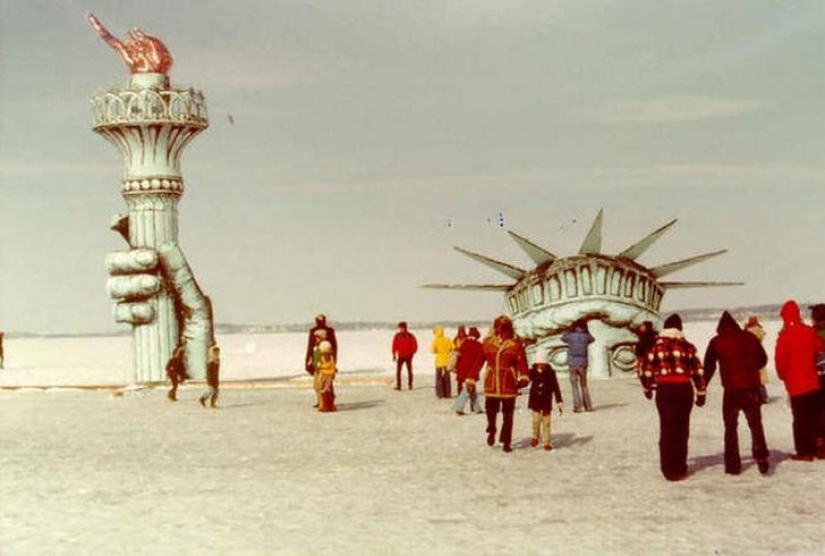
University of Wisconsin students Leon Varian and Jim Mallon made a bold campaign promise to win election to the Wisconsin Student Association in 1978. They promised to move the Statue of Liberty to their local Lake Mendota. The two students won the election and in February 1979, they made good on their promise by constructing a replica of the top of the Statue of Liberty on the frozen lake in three days using plywood, chicken wire, papier-mâché, and fabric.
MIT students had the idea to turn the end of the 90-meter Green Building on campus into a giant Tetris back in 1993. But it wasn’t until 2012 that they were finally able to turn their idea into reality. Using a complex system of wirelessly connected LED lights, the talented engineers transformed the building’s 153 windows into falling colored blocks that could be controlled by players on a podium below.
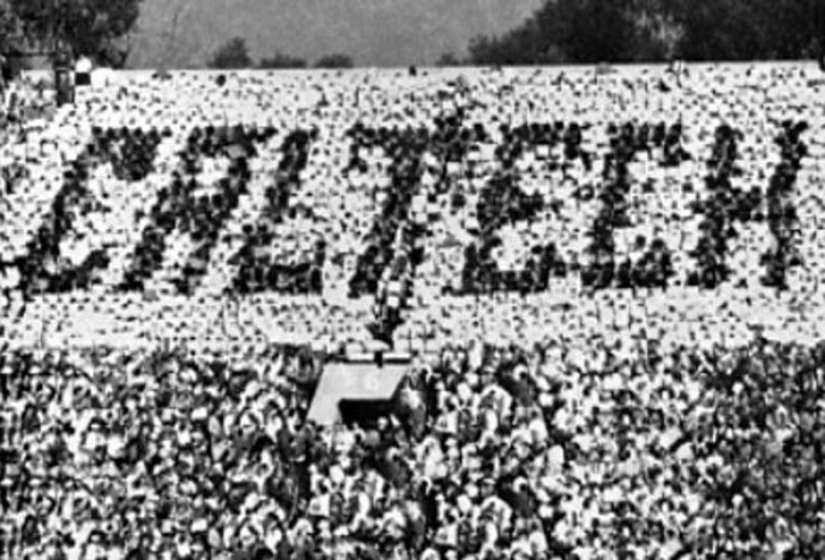
During the 1961 Intercollegiate Rugby Championship, students at the California Institute of Technology (Caltech in the US) substituted the instruction cards of the Washington team's fans. As a result, instead of supporting their university, the Washingtonians laid out a huge word "Caltech" above their heads in the stands.

In 1992, National Public Radio reported that Richard Nixon, who resigned in 1974 after the Watergate scandal, had re-announced his candidacy for the Republican presidential nomination. To back up its story, the station even played a speech (which turned out to be edited) in which Nixon declared, “I’ve never done anything wrong.”

On April 1, 1962, Swedish television channel SVT played a prank on its viewers. “Technical expert” Kjell Stensson explained in scientific terms that if you stretch a pair of nylon stockings over a television, the light would be filtered in such a way that viewers would see the broadcast in color. To “ensure better color reproduction,” Stensson also recommended that viewers move their heads from side to side while watching TV.
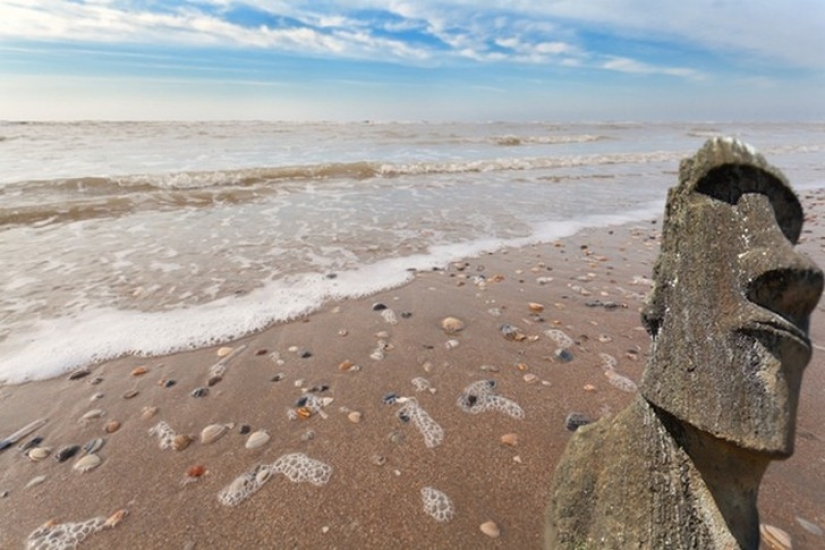
On March 29, 1962, the Easter Island statue was found on a beach near Zandvoort, Netherlands. A few days later, on April 1, an expert flew in from Norway to examine the figure and declared it to be a genuine artifact from the South Pacific. The statue was put on public display in the town center.
By the end of the day, the creator of the sculpture, Dutch artist Edo van Tetterode, was found and admitted that he had created the “artifact” on the beach.

The Alabama State Legislature "changed math, science, and the world forever" when it declared in 1998 that the mathematical constant pi would now be 3.0 instead of its usual 3.14159. At least that's what the April Fools' Day press claimed. Alabama lawmakers didn't know about the prank until they started receiving hundreds of calls protesting.
Recent articles

From time to time, details of a murder come up that sound so strange that they seem to have been made up in the office of one of ...

In these photos you will see a very cute but very sad puppies. Attention! After viewing you may experience uncontrollable desire to ...

Saban (as the leader of the Black Avengers gang called himself) hated policemen and rich people. He blamed the former for his years ...